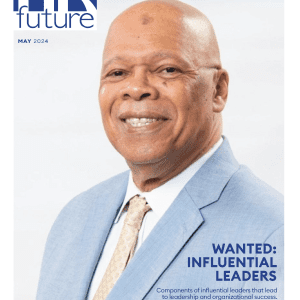Landing your dream job – it’s a scenario that plays out in countless daydreams. You envision a smooth application process, clear communication from employers, and a perfect fit between your skills and the position. But as with many things in life, the reality of the job search can paint a slightly different picture.
Applications
One of the first hurdles job seekers encounter is the online application process. A whopping 70% of applicants believe the ideal application should be a breeze, consisting of five steps or less. However, reality often presents a more complex beast – multi-step forms, skills assessments, and waiting games that can leave you wondering if your resume ever saw the light of day.
Transparency
Transparency is another area where expectations and reality sometimes diverge. Employers, by a margin of 76%, feel they do a good job of setting clear expectations throughout the hiring process. However, job seekers often tell a different story. Factors like unclear timelines, a lack of communication after applying, and radio silence after interviews can leave candidates feeling frustrated and confused.
Mental Health
The recent emphasis on mental health and well-being might lead job seekers to expect strong employer support in this area. After all, 63% of workers reported a renewed focus on mental health during the pandemic. Unfortunately, the reality is that these resources are often scarce. A mere 40% of workers report having access to mental health benefits through their employers, and this number has declined in recent years.
Flexibility
Flexibility is another battleground in the job search. While a comfortable 62% of employees desire the option for flexible work hours, only 40% of employers offer it. Similarly, the dream of flexible work locations – a perk desired by 51% of the workforce – is a reality for just 40% of employees according to the data.
Diversity
Diversity, Equity, and Inclusion (DEIB) initiatives are a growing priority for companies. A significant 84% of Chief Human Resource Officers (CHROs) report making organizational-level investments in DEIB. However, translating these investments into tangible change can be slow. Less than a third of employees feel a genuine commitment from their employers to improving racial justice or equity in the workplace.
Bridging the Gap Between Expectations & Reality
So, what can be done? Employers can take the initiative by staying informed about current job market trends. Understanding what candidates value, such as competitive compensation, flexible work arrangements, and opportunities for professional development, is crucial for attracting top talent. Partnering with a recruitment agency that specializes in your industry (like medical, PR, or IT staffing), can give employers access to a wider pool of qualified candidates and provide valuable expertise during the hiring process.
Curious to take a deeper dive into the data behind these expectations and realities? The following resource breaks down the statistics on job seeker expectations versus employer practices, offering valuable insights for both sides of the hiring equation. By understanding these discrepancies, job seekers and employers can work together to create a more efficient and successful hiring experience.













